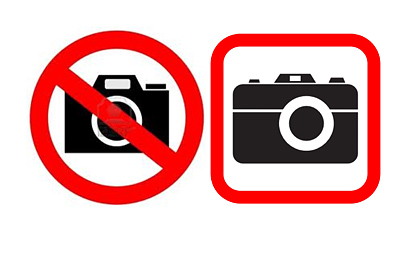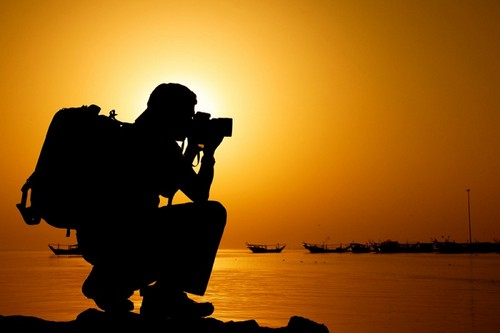
As social beings and specifically as photographers, we are not spared from human interactions. If photography is your hobby, then we deal directly with your subjects. Even if your interests are more towards landscapes, you will inevitably interact with the people on location to gain information or any assistance.
That is why etiquette is an important issue. Though this topic is seldom discussed. Photographers are usually more interested in discussing cameras, lenses, lightings, and other photography technique related subject.
The meaning of etiquette, at least my version of it, is the interactions between people, between photographer and model, between photographers and assistants, and interactions with the locals. By having good ethical skills, the photographer is benefitted by getting more meaningful photographs, more pleasant to view, and natural. People around you will also be happier to give you any assistance.
Generally, having good etiquette means being humble, respectful towards others, enthusiastic, and kind. In photographing portraits, for instance, especially if the models are women, you can respect them by not touching them when directing poses. Touching the models can be considered rude, especially in Asia, and can make the model become uncomfortable. Also, avoid speaking in a commanding voice and praise or thank your models frequently when it is due. And if the models aren’t posing the way you want them to, do not place blame or say demeaning things because it will have a negative effect on the model’s mood. This will undoubtedly ruin the shoot.
When photographing portraits, the models are often inexperienced or stiff when in front of the camera. This is normal and can be overcome by continuously communicating with them. Frequently ask them questions about them; for example, if photographing a musician, ask them about music or at the least about their life in general. Avoid any controversial or negative subjects such as war and politics.
Over time, by communicating with them, they will feel more and more comfortable. When interacting with them, you can pay attention to their body language to inspire any angles or poses that will suit them when photographing. The results will seem more natural and will fit their characters more.
Therefore, for portraits, I prefer photographing solo rather than in groups with other photographers. With the presence of many photographers or assistants carrying complex equipment, the chance to communicate with the models will diminish. Instead what happens is the model will feel uncomfortable with all the attention and it will reflect on their expressions and body language.
In short, treat the people around you the way you would like to be treated. An outline of points to note are:
– If you’re photographing a model, respect the models’ wishes and respect their space, especially if you have just met your models. Always ask for their permission when any contact is necessary.
– Give plenty of praise. And if your models aren’t posing the way you want them to, do not criticize aggressively. Pleasantly reconstruct their poses. With that, the models’ moods won’t be ruined.
– Communicate often with your models about subjects of their interest. This will create a friendly atmosphere.
– In street photography, do not force to take someone’s photo when they denied you permission to take their photograph. Always respect people’s privacy.
– If you are photographing people and the photo will be published in a public media forum, and you haven’t gained their permission to do so, they have the right to sue. That’s before you publish photos, especially commercially, you should always have a signed release form from the model.
– Candid photography does not mean you are free to shoot any moments you please. Understand the local cultures so you understand the boundaries of what is appropriate to photograph and what is not. For example, it is not respectful to photograph someone when his or her underwear is showing.
– Obey rules of places where you are not allowed to take photographs, such as shopping centers, gas stations, or cemeteries, without authorized consent.
Yes, perhaps the above discussion is a small part of photographer’s etiquettes that should be followed. If you have any other opinions on the matter, I would love for you to leave any comments.
READ ALSO : Tips and Ethics to Abide by When Photographing Weddings
















